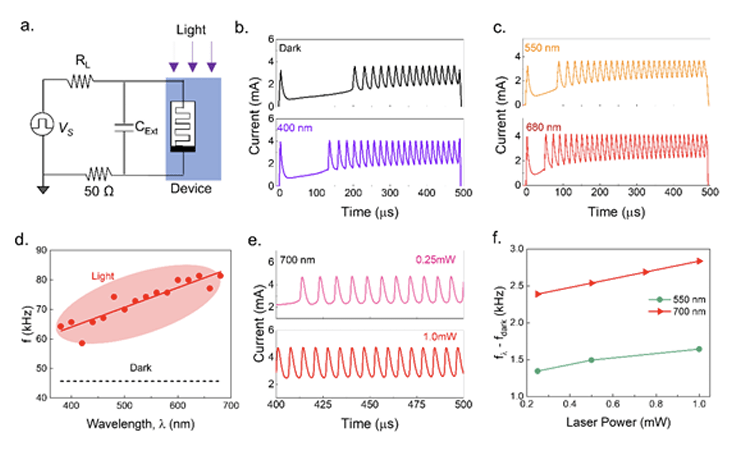The tutorial will be held on Friday April 26 at the Neuro-Inspired Computational Elements 2024 Conference titled “Neuromorphic Intermediate Representation“.


The tutorial will be held on Friday April 26 at the Neuro-Inspired Computational Elements 2024 Conference titled “Neuromorphic Intermediate Representation“.


See the tutorial here.
The next tutorial from UCSC’s Brain-Inspired Machine Learning class is by Dylan J. Louie, Hannah Cohen Sandler and Shatoparba Banerjee.
They show how to train an SNN for tactile sensing using the Spiking-Tactile MNIST Neuromorphic Dataset. This dataset was developed in Benjamin C.K. Tee‘s lab in NUS. It consists of handwritten digits obtained by human participants writing on a neuromorphic tactile sensor array.
For more information about the dataset, see the preprint by Hian Hian See et al. here.
Fabrizio Ottati and I will be running a tutorial tomorrow (Sunday, 3 March) at the International Symposium on Field-Programmable Gate Arrays (ISFPGA) in Monterey, CA titled: “Who needs neuromorphic hardware? Deploying SNNs to FPGAs via HLS”.

We’ll go through software and hardware: training SNNs using quantization-aware techniques across weights and stateful quantization, and then show how to go from an snnTorch model straight into AMD/Xilinx FPGAs for low-power + flexible deployment.
GitHub repo: https://github.com/open-neuromorphic/fpga-snntorch
Tutorial summary: https://www.isfpga.org/workshops-tutorials/#t2